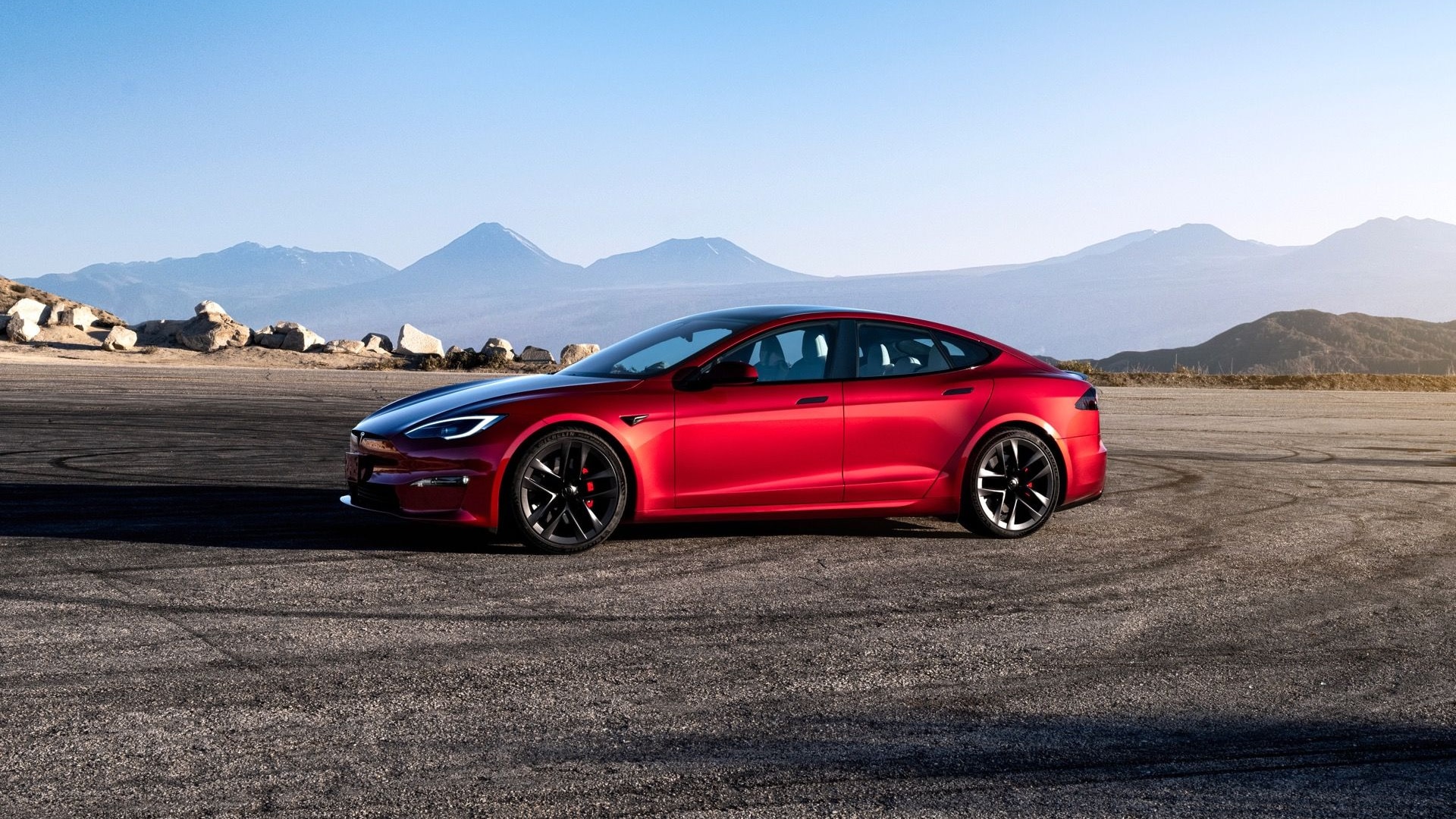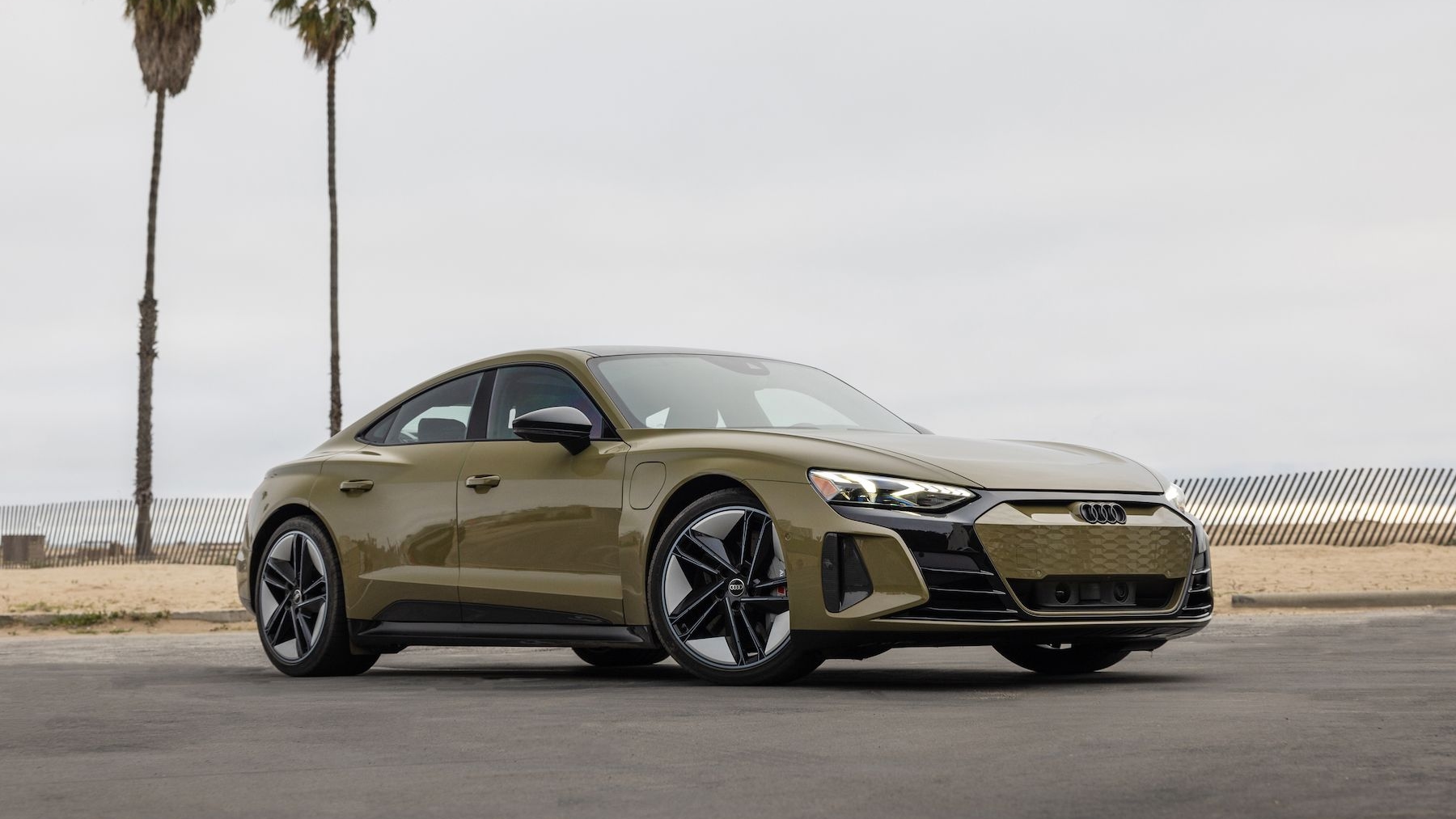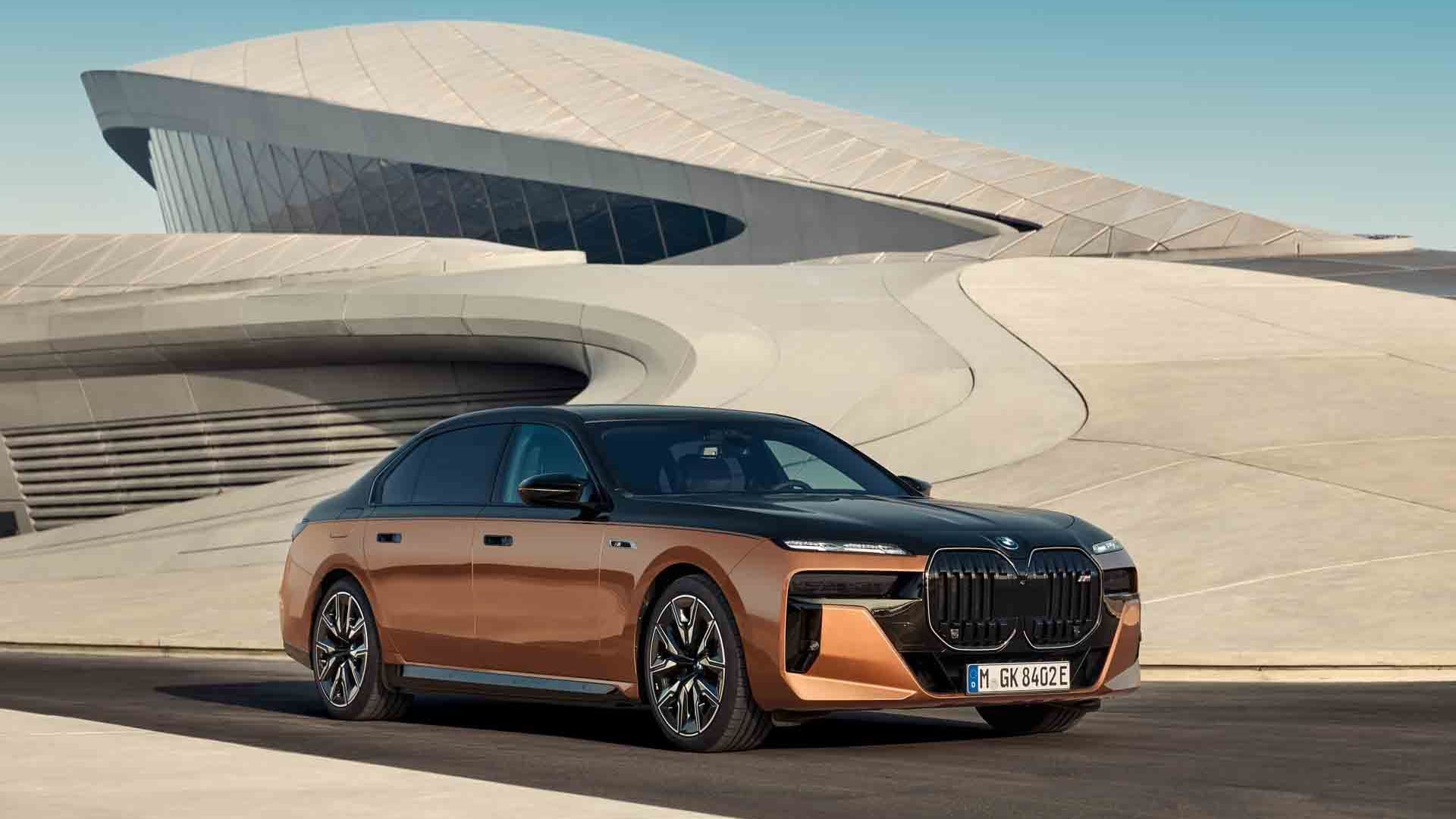The 0-60 mph times for the Tesla Model S keep getting lower and lower. The new P100D package really helps put all of the horsepower to the ground efficiently, and makes the electric sedan rocket away from a standstill. Recently, we saw a drag racer in a stock P100D record a time of 2.38 seconds. Soon thereafter, Motor Trend pushed the car even harder and recorded an astounding 2.28-second 0-60 mph blast. How is this heavy machine able to achieve such numbers? According to Engineering Explained, it's all about horsepower and grip.
We're going to warn you now: There's a whole lot of number crunching in the video above. Still, host Jason Fenske makes easy work of the math and it helps us understand this mind-warping figure. It all comes down to a few facts. First, the Tesla has electric motors pushing out a combined 680 horsepower and 791 pound-feet of torque. Second, the car pushes that power to all four wheels through its all-wheel-drive system. And third, the power goes to the ground via a set of sticky Michelin Pilot Super Sport tires with wide 265-series rubber out back.
To break down the numbers, Jason compares the car's stopping distance (and time) with its 0-60 mph time to effectively find the limit afforded by the tires. You'll be surprised by the results.
He then tackles another question: Would the Tesla Roadster be faster with the same powertrain? Arguments have been made that the lighter Roadster would have less grip because there is less weight forcing each tire to the ground. On the other hand, folks have argued that less weight means less mass to move and that would make it faster.
Again, Jason goes to the whiteboard to do the math. We'll let you watch the video to see which of those arguments is proven out.



